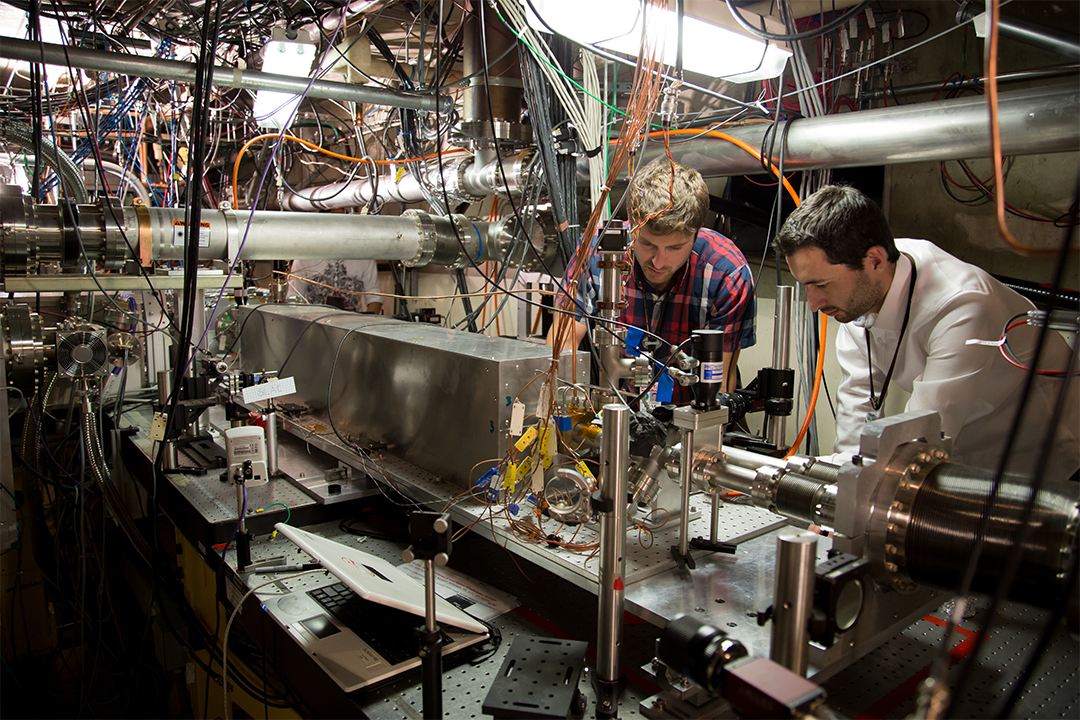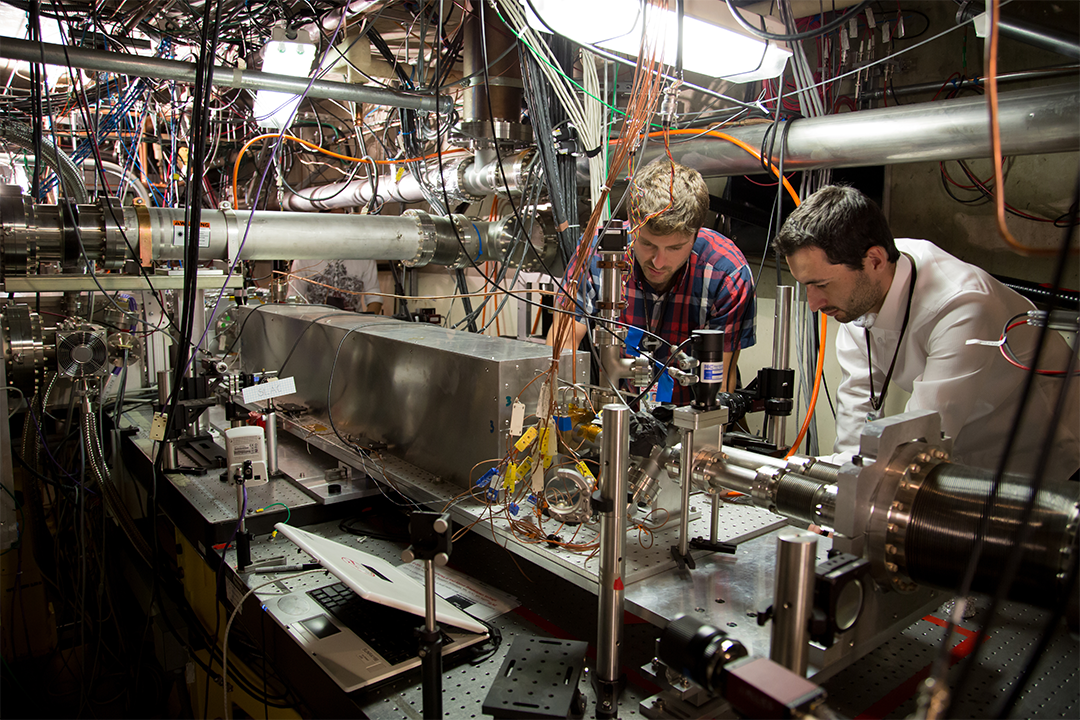

Researchers from the Department of Energy’s SLAC National Accelerator Laboratory and the University of California have developed a promising method in accelerating particles, more efficient than ever. The method uses waves of plasma to accelerate electrons faster and in a smaller area than any other accelerator to date.
Previous particle accelerators, most notably the Large Hadron Collider (LHC), use superconducting magnets to accelerate charged particles through a magnetic field. The LHC uses a 27km ring of these magnets to accelerate particles to about 99.9999991% the speed of light and consisting of over 1600 superconducting magnets.
However, using SLAC’s Facility for Advanced Accelerator Experimental Tests (FACET), the researchers can accelerate electrons to energies 400 to 500 times greater than what conventional accelerators, like the LHC, could output over the same distance, making the method in which energy is transferred to electrons far more efficient.
“Many of the practical aspects of an accelerator are determined by how quickly the particles can be accelerated,” said SLAC accelerator physicist Mike Litos, lead author of the paper. “To put these results in context, we have now shown that we could use this technique to accelerate an electron beam to the same energies achieved in the 2-mile-long SLAC linear accelerator in less than 20 feet.”.
The method is based on plasma wakefield acceleration and has actually been around for many years, but it is the first time physicists have achieved a high enough “blowout regime”. A blowout regime is when all of the ionized plasma electrons can be removed from the center of the wake, if the energies are high enough, making it quite difficult to obtain a high enough value.

Plasma consists of fluid with positively and negatively charged particles, typically created through photo-ionizing a dilute gas. Plasma, under normal conditions, consists of equal ratios of electrons to protons, making them macroscopically neutral (quasi-neutral). However if enough energy is applied to the fluid, the plasma electrons will separate spatially from the ions, creating a charge imbalance. This imbalance can cause charged particles that enter this region of space, to be accelerated at incredibly great energies.

A laser pulse can be used to excite the plasma wake, similar to a beam-driven wake. As the pulse travels through the plasma, the electric field of the light separates the electrons and nucleons in the same way that an external field would. However the particles are not moving very quickly during this period, macroscopically it appears that a “bubble” of charge is moving through the plasma at close to the speed of light. The bubble is the region cleared of electrons that is thus positively charged, followed by the region where the electrons fall back into the center and is thus negatively charged. This leads to a small area of very strong potential gradient following the laser pulse.
What does this technology mean for physics?
The technology is very difficult to work with, and there are many more milestones ahead before wakefield acceleration can be put to use. One of the main issues with this method is that the trailing bunches must be shaped and spaced perfectly so that all the electrons receive the same boost energy while maintaining a high overall quality.
The reason there is so much focus and pressure on these researchers to improve this method is due to the immense scientific and practical applications this type of technology can offer. The technology allows particles to be given energy in a totally new, more efficient way.
Any type of research into plasma brings science one step closer to producing fusion reactors, and particle-acceleration based machinery such as for equipment using X-rays and particle beams for cancer therapy or other types of scanning. In any case, research into this field increases the practical capabilities of the scientific community as a whole, which would not have been possible without the work done by researchers like Mike Litos, Spencer Gessner and Sebastien Corde.